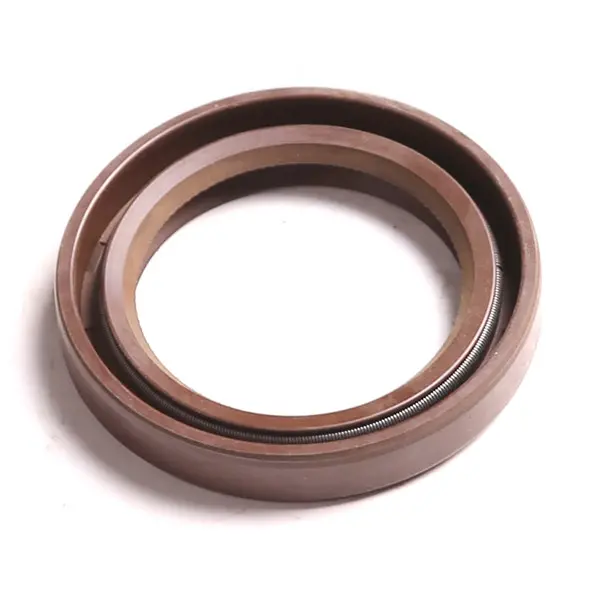9 月 . 02, 2024 16:43 Back to list
oil seal standard
Understanding Oil Seal Standards Ensuring Efficiency and Reliability
Oil seals, also known as oil retaining seals or shaft seals, play a crucial role in various mechanical systems by preventing the leakage of lubricants and contaminants. As industries continue to evolve, the importance of adhering to oil seal standards becomes paramount. These standards ensure that the seals perform efficiently and reliably, thereby enhancing the longevity of machinery.
What Are Oil Seal Standards?
Oil seal standards are guidelines and specifications set forth by various regulatory and standardization bodies to ensure the quality and performance of oil seals. These standards cover a wide range of aspects, including material selection, design specifications, testing methods, and application guidelines. Standards help manufacturers produce consistent and reliable products that meet the needs of various industries, including automotive, aerospace, manufacturing, and more.
Key Standards in Oil Sealing
Several important standards govern the production and testing of oil seals. For instance, the International Organization for Standardization (ISO) has established standards for cylindrical seals, including ISO 6194, which outlines dimensions, tolerances, and performance criteria. Other organizations, such as the American National Standards Institute (ANSI) and the Society of Automotive Engineers (SAE), also provide guidelines specific to oil seals in automotive applications.
These standards ensure that oil seals can withstand specific operating conditions such as temperature, pressure, and chemical exposure. Furthermore, they address the critical aspects of sealing performance, including low friction properties, durability against wear and tear, and resistance to environmental factors.
Material Considerations
oil seal standard

The materials used in the manufacture of oil seals are vital to their performance. Common materials include nitrile rubber (NBR), fluorocarbon rubber (FKM), and silicone rubber. Each material has unique properties that make it suitable for specific applications. For example, NBR is widely used in automotive applications due to its excellent resistance to petroleum-based oils and fuels, while FKM is preferred in high-temperature environments due to its superior thermal stability.
Compliance with oil seal standards ensures that manufacturers select appropriate materials that meet the required specifications for their intended applications. This consideration is vital for maintaining the efficiency and reliability of machinery.
Testing and Quality Control
Quality control and testing are integral parts of the oil seal manufacturing process. Standards often dictate specific testing methods that manufacturers must follow to verify that their products meet the required specifications. Common tests include dynamic and static seal tests, resistance to fluid absorption, and compatibility with various lubricants.
By adhering to these testing standards, manufacturers can identify and rectify any potential issues before the seals reach the market. This proactive approach not only enhances the product's reliability but also builds trust with customers who depend on these seals for critical operational processes.
Conclusion
In conclusion, oil seal standards play a vital role in ensuring the efficiency, reliability, and safety of mechanical systems. By adhering to established guidelines regarding materials, design, and testing, manufacturers can deliver high-quality products that meet the demands of various industries. As technology and industrial processes continue to advance, maintaining a strong commitment to oil seal standards will be essential for supporting innovation and operational excellence in the global marketplace.